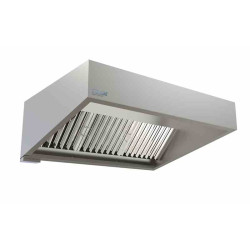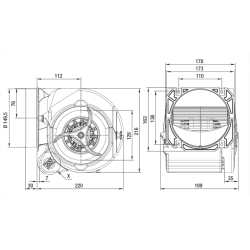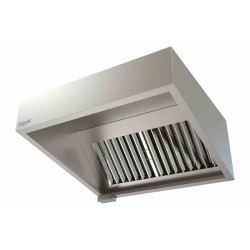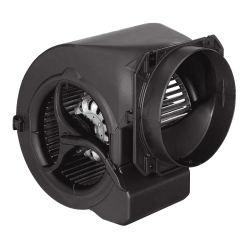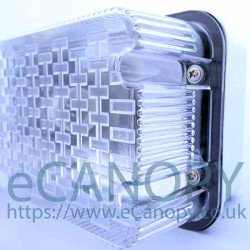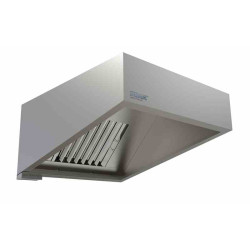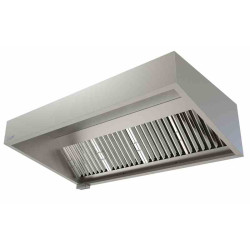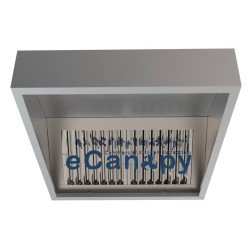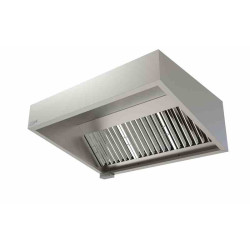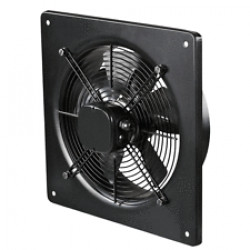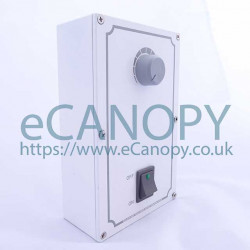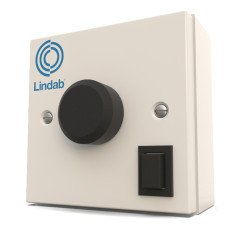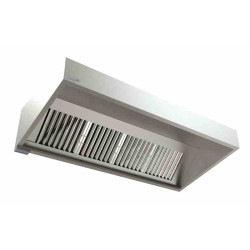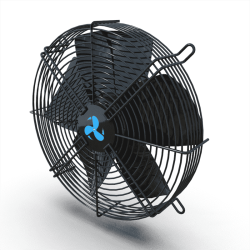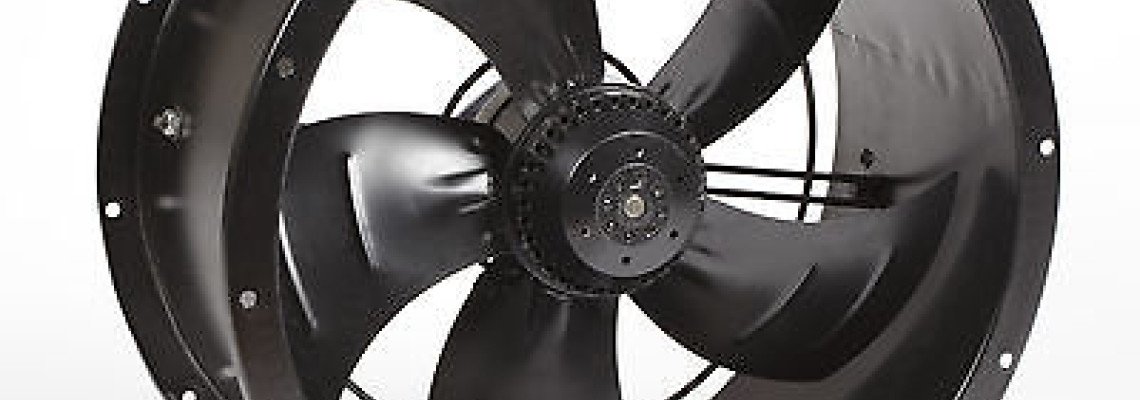
Kitchen Ventilation is the unsung hero of commercial kitchens, expertly whisking away heat and unwanted odours, making the culinary endeavors possible and pleasant. A pivotal decision in designing such systems is whether to house the fan motor internally or externally. The nature of external fans meant they are better suited to dirty and hot air for the reasons explained below. Whilst internal fans are better suited to cooler and cleaner air uses.
The external positioning of fan motors is a important consideration, with a variety of advantages and disadvantages:-
Enhanced Motor Lifespan:
External fan motors are further from the intense heat generated by cooking appliances, which can significantly enhance their lifespan. Heat is a known cause of electric motor breakdown, impacting their efficiency and operational life.
Larger Air Volume Extraction
Its true that internal motors offer convenience but they can only be a certain size, as they need to fit within the commercial kitchen canopy. Often when the extraction volume is calculated only an external fan will provide the required power.
Reduced Grease Accumulation:
Situated away from the direct line of greasy emissions, external fan motors are less prone to grease accumulation. This results in lower fire risks and less frequent cleaning and maintenance requirements. An inclusion of a coarse filter also helps greatly with fire risks.
Better Performance:
The cooler operating environment can lead to better motor performance. Moreover, the freedom to install larger and more powerful motors externally can significantly enhance the extraction and ventilation performance, making it easier to maintain a comfortable and safe kitchen environment.
Noise Reduction:
External fan motors can contribute to a quieter kitchen environment since the noise generated is kept outside the kitchen area. A useful rule to remember is fan noise halves with every doubling of distance. This is crucial for maintaining a conducive working atmosphere and adhering to occupational health and safety standards.
Ease of Access:
When it comes to maintenance or repairs, having the fan motor mounted externally can provide easier access without interfering with the kitchen operations. This saves downtime whilst the fan repair is carried out.
Space-Saving within the Kitchen:
Commercial kitchens are often busy, space-constrained environments. External motor mounting frees up valuable space within the kitchen, which can be utilized for other essential equipment or operations.
Potential for Enhanced Fire Safety:
With the motor situated externally, the risk associated with fire hazards is reduced, providing an added layer of safety to the commercial kitchen setup.
In conclusion, the external mounting of fan motors in commercial kitchen ventilation systems emerges as a prudent choice, offering a blend of enhanced performance, safety, and operational efficiency.
The deciding factors are:-
- Heat of the cooking equipment
- Extraction volume requirements
- Particulate in the air - is it greasy, is it dirty
Each kitchen is unique, and while the external setup might entail higher upfront costs or require additional space outside the kitchen, the long-term benefits concerning safety, performance, and maintenance could be well worth the investment.

